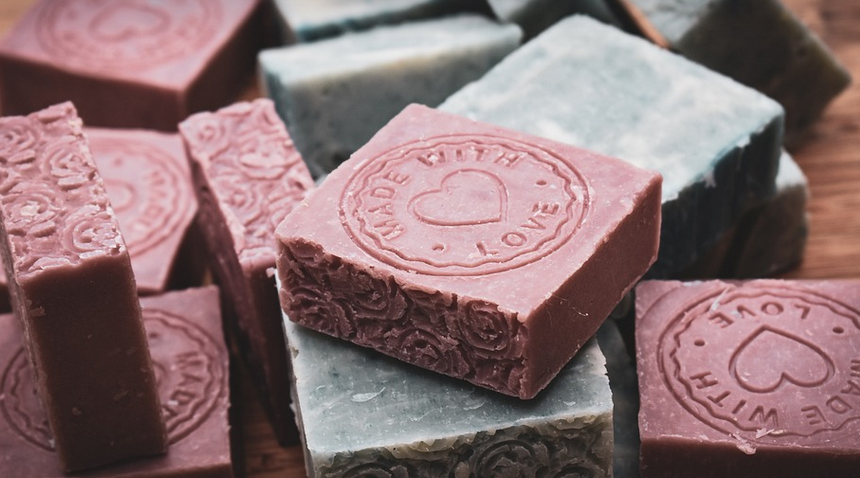What is Phlebotomy?
Phlebotomy, often shortened to “venipuncture,” is a vital medical procedure used for drawing blood from a patient’s vein. It’s a fundamental component of countless medical situations, including diagnosing illnesses, monitoring conditions, and even performing routine blood tests. Understanding the basic concepts behind phlebotomy can help you navigate doctor appointments and comprehend lab results with more ease.
Why is Phlebotomy Necessary?
Think of a phlebotomist as a skilled artist who delicately extracts a small amount of blood from your arm, using precise instruments and techniques. They have the knowledge to locate a vein in your arm – often hidden beneath your skin’s surface – and safely insert the needle to collect blood samples. This process allows doctors and scientists to analyze various aspects of your health. After drawing blood, they carefully place it into vials or tubes that contain specific solutions designed for their analysis.
Why Do We Use Phlebotomy?
Phlebotomy plays a crucial role in a variety of medical contexts. It’s utilized for numerous reasons, from diagnosing and treating diseases to monitoring medications to performing routine blood tests. Let’s take a closer look at some common uses:
- **Diagnosis:** Blood tests are essential for accurate diagnoses. Phlebotomy allows doctors to analyze your blood cells, proteins, and other components for clues about what’s going on with your body. For instance, if you experience fever or fatigue, a phlebotomy might be helpful in identifying the root cause.
- **Monitoring:** For patients managing chronic conditions like diabetes or heart disease, regular blood tests using phlebotomy are crucial to track their progress and make adjustments to treatment plans as needed.
- **Medication Management:** Patients often require blood tests after starting new medications. Phlebotomy allows healthcare providers to ensure the medication is acting effectively within your body and adjust dosage if necessary. It also helps check for potential side effects or allergic reactions.
Understanding Phlebotomy Terminology
As with any medical procedure, there are specific terms used in phlebotomy that might sound unfamiliar. Here’s a brief overview of some key vocabulary:
- **Venipuncture:** This refers to the actual process of drawing blood from a vein using a specialized needle and syringe.
- **Capillary Tube:** A thin tube used for collecting small amounts of blood directly from the surface of your skin. It’s often preferred for routine tests like hemoglobin or hematocrit measurements.
- **Needle Gauge:** A measurement describing the size of a needle, which can vary between different sizes based on the patient’s age and the test needed.
- **Vial:** A small, round container used to store blood samples for analysis.
- **Hematocrit:** This refers to the percentage of red blood cells in your blood, which is an important factor when assessing overall health.
- **Hemoglobin:** This protein carries oxygen throughout your body and a low level can result from various conditions.
Navigating Phlebotomy
While phlebotomy might sound intimidating, it’s usually a relatively comfortable and fast process. Remember that the phlebotomist will explain how to prepare before the procedure and what you should expect afterwards.
Before your appointment:
- **Fasting:** You might need to fast for a few hours before phlebotomy, if required by the doctor or lab. This is usually to ensure accurate results from blood tests.
- **Clothing:** Dress comfortably and in layers, as you may feel cold during the procedure.
During the procedure:
- **Relaxation:** Try to relax and avoid clenching your fists or tensing your muscles. Tell the phlebotomist if you feel any discomfort.
- **Communication:** If you have questions about the process, you can ask for clarification from the phlebotomist.
After the Procedure:
The most common side effects of phlebotomy are a minor bruise or tenderness at the needle site. These usually disappear within a few days.
Remember to stay hydrated and rest for a day after your procedure, as this can help speed up healing.
Resources:
If you’re facing any health concerns or need more information about phlebotomy, don’t hesitate to talk with your doctor, nurse, or search for reliable medical resources online. Here are a few websites where you can find more detailed information:
**Disclaimer:** The content provided in this article is intended for informational purposes only and should not be considered as medical advice. Consult with a healthcare professional for any specific health concerns or before making any decisions related to your health or treatment.
